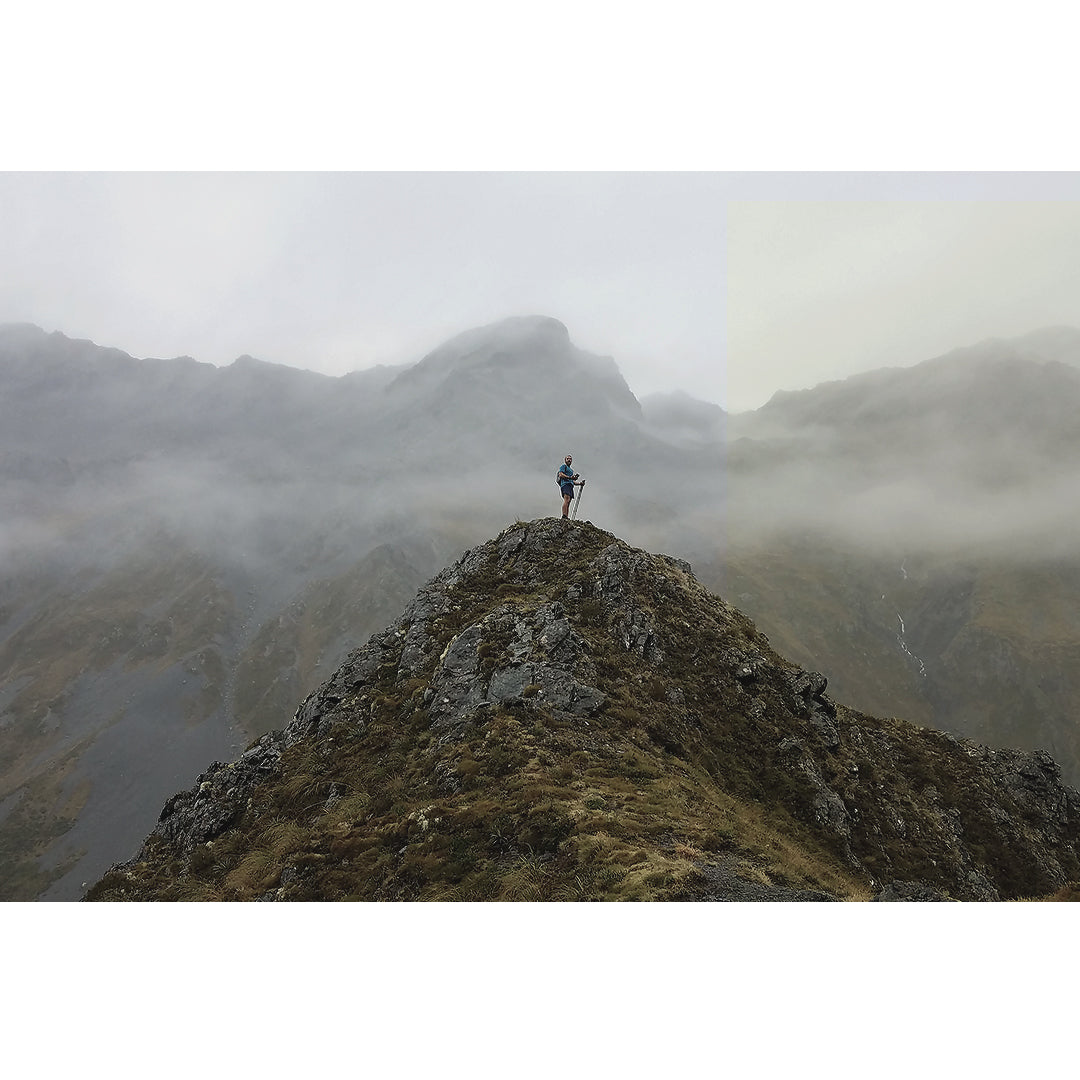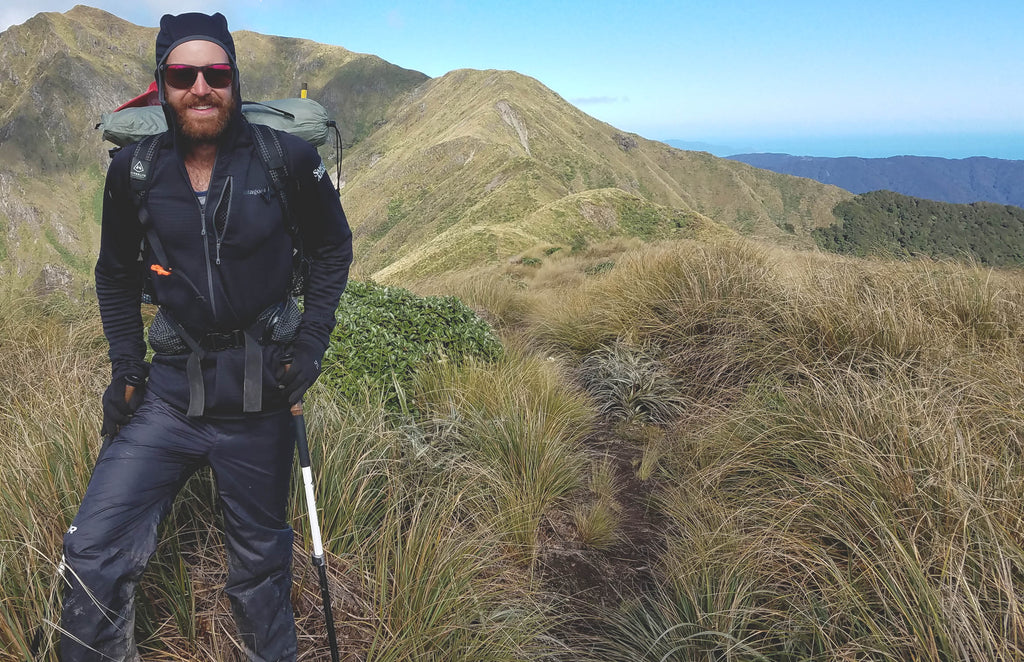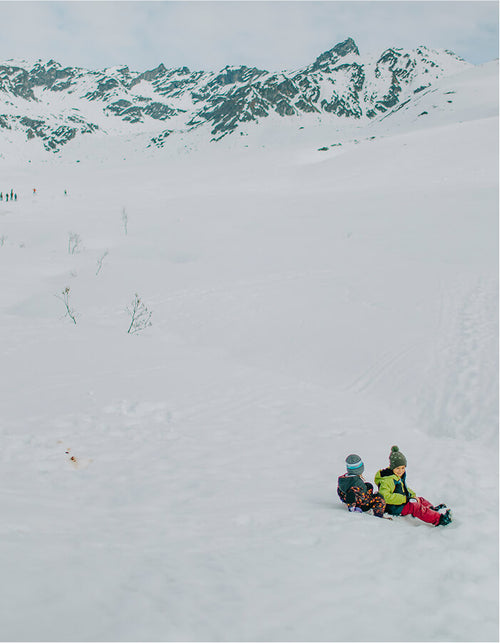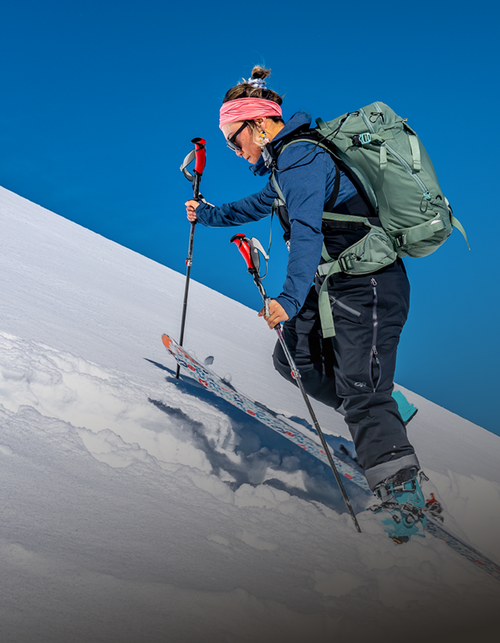Thru-Hiking the Te Araroa Trail & Tips for Staying Warm While Hiking Through Rain

This past winter I decided to take off on an adventure to New Zealand to thru-hike the Te Araroa trail. The Te Araroa trail is one of the world’s newest editions to the list of long distance foot paths. It measures in at 3,000km or just shy of 2000 miles. I spent nearly three and half months walking down the entire country and witnessing jaw-dropping scenery and inspiring people. Although I grew up hiking in the White Mountains and considered myself a seasoned hiker, there is one valuable lesson that I hadn’t learned until this journey: the value of wool.

The South Island of New Zealand has weather very similar to that of New England. The summers are hot, the winters are cold, and weather in the mountains can change drastically with the snap of a finger. As I finished up the last leg of the trail, I was racing against the clock to avoid the onslaught of winter. This meant dealing with glacier fed river crossings, cold sleet, freezing temperatures at night, and not a lot of hot days to dry out my wet gear. This is where the value of wool comes in.
What I like about wool:
- It’s incredibly warm for the weight
- It stays warm when its wet
- It doesn’t smell as bad as it should
As someone who was putting in long days on the trail I found it very valuable to keep the weight of my pack light. A light pack reduces a lot of strain on your body and allows you to cover ground faster and more comfortably. As I geared up for colder weather my fabric of choice for my base layer, socks, hats, and gloves were wool. Wool has an extremely high warmth to weight ratio and wicks moisture away from the skin really well.

For layers that wouldn’t be as exposed to the elements or to sweat I went with goose down and fleece.
So here’s the deal. If you’re on the trail for days on end, you’re going to get wet. If the weather is hot, you’ll most likely be sweating. If you’re hiking in the rain all day, you are going to get wet. I don’t care how good your rain gear is. If you’re anything like me, you’ll probably even be sweating from the inside out. The best thing you can do is dry your gear out whenever you get the chance and to keep a dry pair of ‘camp clothes’ to change into when you decide to call it a day.

On my thru-hike I had many stretches of rain, rain, and wait, more rain. There was no opportunity to dry out my gear and I had to put on wet clothes day after day. Oh do I miss that. The AMAZING thing with wool is that it will actually stay warm when its wet. This is a truly a lifesaver when the temperatures drop. The fibers in wool have little air pockets that trap air and heat and can retain a very high percentage of their insulation in high-moisture conditions; most other fabrics will not. When it came to crossing glacier fed rivers in the mountains I was able to keep my wet feet warm with a thick pair of wool socks.

For hats, I recommend the Turtle Fur hand-knit Kanan wool beanie that is made from 100% wool. It’s super warm, and is light enough to pack for any hiking adventure no matter how much ground you’re looking to cover in the given stretch. Wool fingerless mittens are also great for cold days on the trail, since they allow for the freedom of being able to use your fingers to set up a fire/stove, pitch your tent/hammock, and to cook a hot pot of dinner. Essentially, you'll want these for any and all situations involving fire or intricate hand motions combined the need to avoid your hands stiffening in the cold and the cumbersome coverage of full gloves.

The last thing that I love about wool is more for everyone else. When I smell really bad on the trail – it’s significantly less noticeable without synthetic materials serving as the main components of my base layers and accessories. Wool has natural anti-microbial and anti-bacterial properties that keep the fabric smelling much fresher than alternatives.
So even though temperatures are dropping here in foliage-drenched Vermont, get out there and go on a hike! Pack warm gear and pack wool so you stay warm, even if the sky opens up on you.






